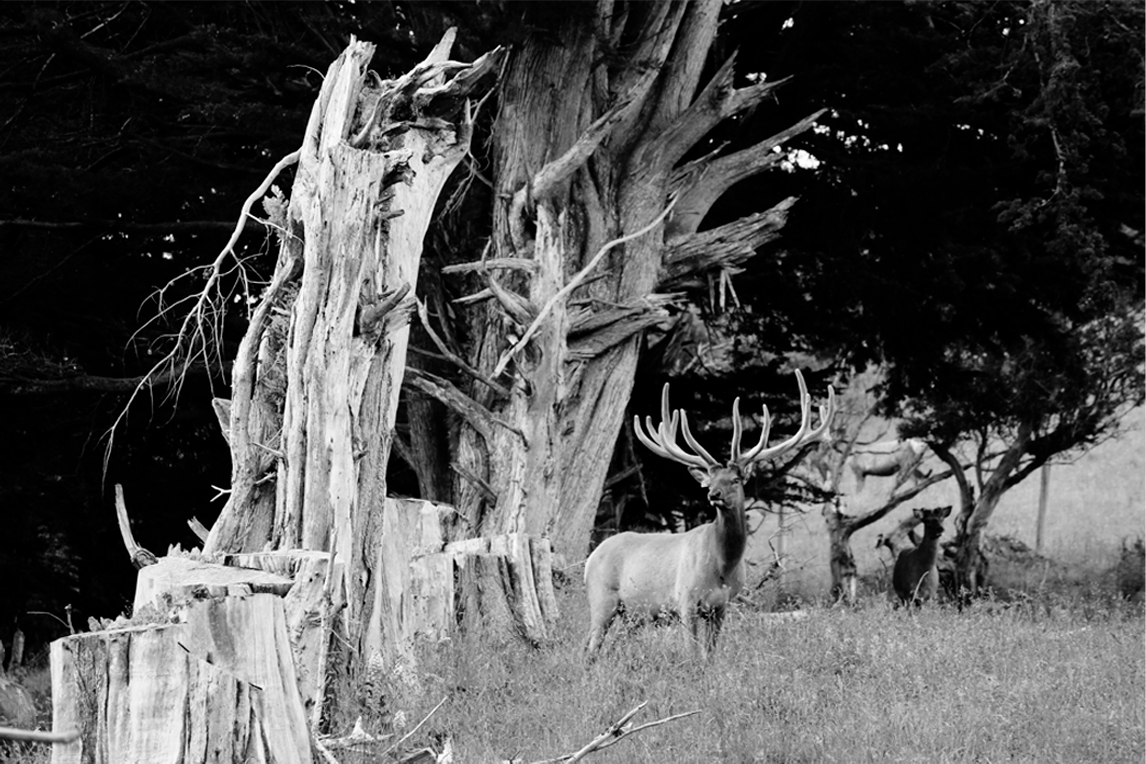Nov 29, 2024
On 1 November, NIWA released its seasonal climate outlook for Nov – Jan 2025, predicting a slightly above 50 percent chance of a La Niña developing, though current predictions are for a phase with shorter and weaker than normal La Niña thresholds.
“We continue to trend toward La Niña,” says Chris Brandolino, NIWA Principal Scientist, Forecasting and Media. “Irrespective of La Niña formally developing or not, we’re expecting the atmosphere to react accordingly, as in a La Niña-like response. Historically, La Niña tells us that the upper and eastern North Island have increased odds for unusual wetness, including big rain events, while the lower and western parts of both islands (particularly the South Island) favour unusual dryness.
“However, it’s important to keep in mind that while we know the average outcome of La Niña, no La Niña event (or El Niño, for that matter) is average; each event has its own footprint.”
“For example, there was dryness and drought in many parts of the country in 2021 and 2022. We all know what happened later, however, in 2022 and especially 2023 with the flooding events. All three years were La Niña years.”
The other main piece of news will be no surprise for farmers, with the east of both islands experiencing long-term rainfall deficits and lower levels of soil moisture than normal. North Canterbury remains a concern for the deer industry, with stories of “the driest winter in years” a common refrain.
NIWA is forecasting a 40 percent chance of rain maintaining normal levels in the region, with “bouts of northeasterly winds that could bring infrequent short and sharp rain events for the region,” particularly if the La Niña eventuates. Similarly, Hawkes Bay, another moisture-low region, is expected to see a drier than normal first half of summer, with a second half punctuated by La Niña-driven rains.
“There are signs that dryness, as noted earlier, will be a theme as we work through the first half of summer. Extended periods of settled and dry conditions are likely to be interspersed with short but sharp rain events. Such events would favour the northern and eastern parts of the North Island.
“As we progress through the second half of summer and into autumn, there are indications that the dry periods may become shorter and less frequent, to be replaced with increased frequency of rain events, possibly heavy. So, rainfall could be noticeably ‘bingey’ over the coming months.
“It’s quite possible that the first half of summer and the second half of summer are more different than alike, in terms of rainfall.”
Resources
NZ Drought Index (showing where dryness or drought is present; updated daily around mid-afternoon)
Forecast of rain and dryness out to 35 days (updated daily in the afternoon also).

